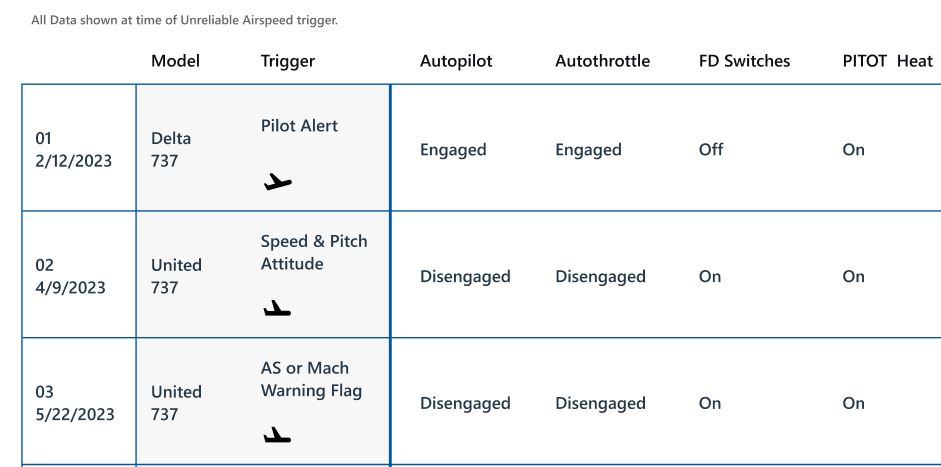1. Stakeholder Workshop(s)
Attendees: Safety Data Analytics, Human Flight Deck Engineering and Global Aerospace Safety Initiative team members, as well some members from the team I belong to for our application; Performance and Training Advisor.
Convergence of Teams: The workshops brought together diverse Boeing teams to address the identified problem statement, with our team singled out for having UX expertise.
Navigating Uncertainty: The initial meeting lacked a clear direction, prompting my role as UX lead to introduce design thinking principles.
Defining the Path: To kickstart the process, we decided to clarify the problem statement and initiate user research.
Initiator Interviews: Our first step involved engaging with the business owners who initiated the project. These interviews aimed to unearth their objectives and challenges, guiding our solution-oriented approach.
End-User Insights: In parallel, we conducted interviews with end-users who would interact with the proposed solution. This allowed us to uncover existing workarounds and pain points related to making design assumptions for aircraft.
Holistic Foundation: This comprehensive approach laid the foundation for a user-centric solution, aligning with Boeing’s core objectives of enhancing safety and efficiency.






